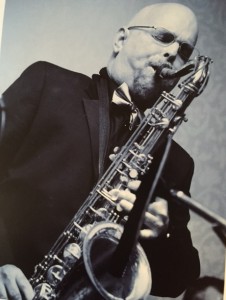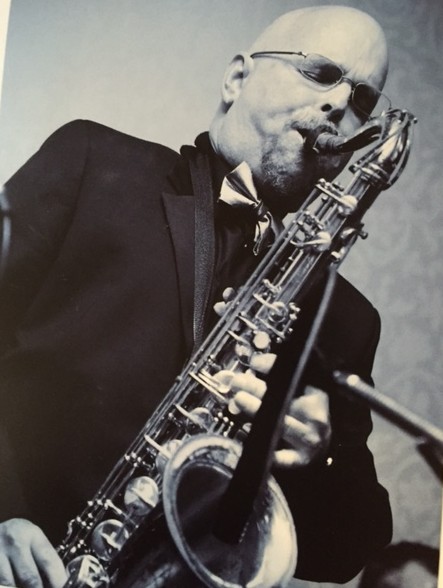Saxophone teacher Bob Brenner talks about reeds 
Reeds can be a tricky subject, especially for beginning saxophone players. What number should you get? What brands are better than others? How much should you spend? It can be confusing and frustrating.
Soft reeds are good for young students.
The first thing you should be aware of is that the lower the number is, the softer the reed is going to be. Young players should always start with a soft reed. I’d suggest a 1 1/2 or a 2. As you progress you can move to a higher number, which will help you get a fuller sound.
Synthetic versus natural
You may have heard about synthetic reeds. They’re made mostly of plastic. The beauty of these reeds is their durability, as they outlast woods dramatically. The trade off is they are expensive – about $15 on average. They also have a somewhat “brighter” sound which doesn’t appeal to everyone. Once you get beyond the beginning state, you’d be wise to talk with your teacher about reeds as well as mouthpieces.
Different brands of reeds
There are some really expensive wood reeds out there. Some tenor sax reeds can cost five or six bucks a piece – if they give you “that sound,” then go for it. My problem is I can use two or three on a gig, and this can really hurt your bottom line. This brings me back to synthetics. The only brand I can recommend is Fibercell. They’re consistent and long lasting, and they play the same for months. The price ranges from $13 for clarinet to $20 for Bari Sax. Once again, this is a huge savings over the cost of wood reeds you would use in the same time.
In my next post, I’ll talk about ligatures and mouthpieces.
Good embouchure to all!
Bob Brenner



Leave A Comment
You must be logged in to post a comment.